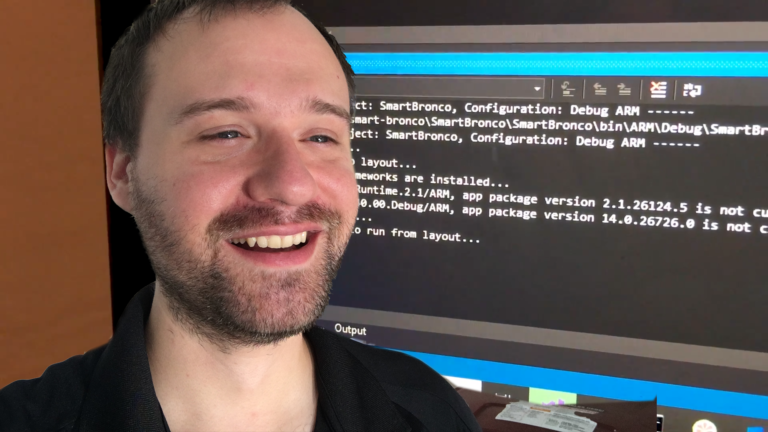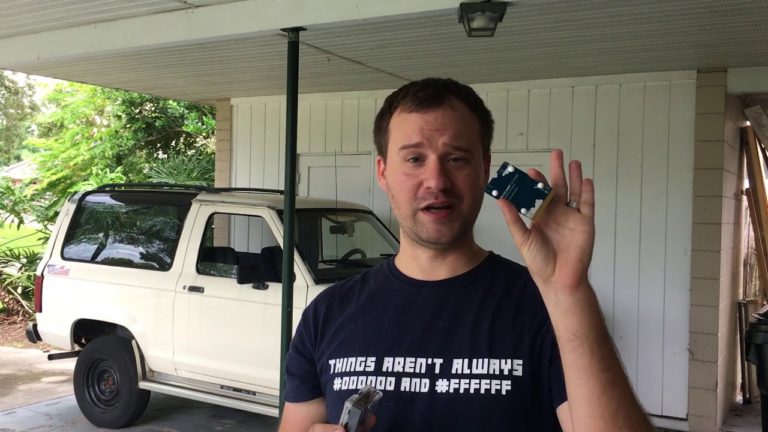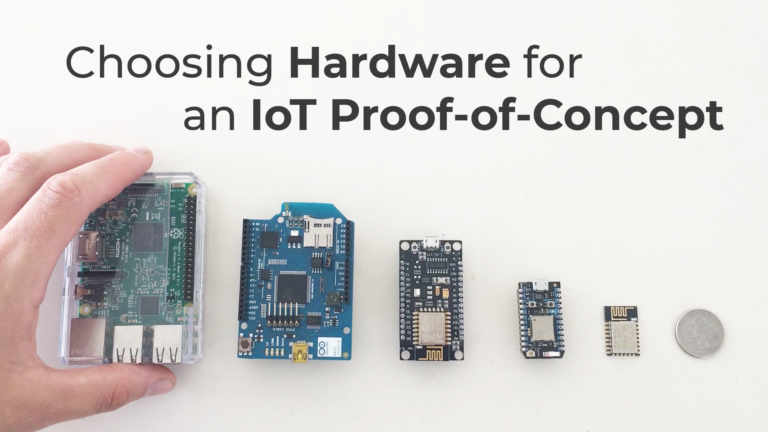Smart Bronco: Choosing Sensors for the Real World
Going from proof-of-concept to prototype, aka my single 1988 Ford Bronco II, offers up some challenges. Rather than using Seeed Grove to prototype temperature using a simple generic temperature and humidity sensor (the DHT11, if anyone is asking), I need…


